- Joined
- Feb 13, 2014
- Messages
- 178
Hi everyone, I’ve been mulling over what direction I’d like to go with my closed transfer equipment purchases.
I have a fermonster and have read through the thread here: https://www.homebrewtalk.com/thread...lete-closed-transfer-system-for-cheap.680992/
My current process is just using the stock lid with bung and airlock, pulling the bung and using a thief for samples, and using an auto-siphon to transfer to a sanitized keg, followed by co2 purge. Cold crashing is a major O2 and starsan fest.
The thread referenced above settles in on a pair of disconnect posts, recommends using Co2 and a picnic tap to push samples out, and trickle Co2 in for cold crashing.
I have an external utility line on my keezer regulator, so I would have no problem pushing the beer to keg for closed transfer, and could do a starsan liquid/co2 purge on the keg to prep it too.
My hangup is not wanting to buy a second regulator, and keep a second tank in/near my fermentation chamber as it is not in the same room as my keezer, and I’d like to keep costs down.
I am considering going with a kit I saw on Brewhardware that has the fermonster solid lid, ball lock post for gas (not pictured below, it’s an upgrade option I’d select), and O-ring with racking cane with tubing and beer QD.
The reason I’m leaning towards this kit in particular, is that I would not need a co2 tank and regulator for my fermentation chamber.
I’d use an airlock if I’m not cold crashing, or use the cold crash guardian if I’m going to cold crash.
I would pull the airlock/guardian off and use a syringe with tubing to pull samples when necessary, and add the racking cane when it’s time to transfer.
What do you all think? Is this a viable strategy with enough O2 reduction for hoppy styles? Pics of products below:


I have a fermonster and have read through the thread here: https://www.homebrewtalk.com/thread...lete-closed-transfer-system-for-cheap.680992/
My current process is just using the stock lid with bung and airlock, pulling the bung and using a thief for samples, and using an auto-siphon to transfer to a sanitized keg, followed by co2 purge. Cold crashing is a major O2 and starsan fest.
The thread referenced above settles in on a pair of disconnect posts, recommends using Co2 and a picnic tap to push samples out, and trickle Co2 in for cold crashing.
I have an external utility line on my keezer regulator, so I would have no problem pushing the beer to keg for closed transfer, and could do a starsan liquid/co2 purge on the keg to prep it too.
My hangup is not wanting to buy a second regulator, and keep a second tank in/near my fermentation chamber as it is not in the same room as my keezer, and I’d like to keep costs down.
I am considering going with a kit I saw on Brewhardware that has the fermonster solid lid, ball lock post for gas (not pictured below, it’s an upgrade option I’d select), and O-ring with racking cane with tubing and beer QD.
The reason I’m leaning towards this kit in particular, is that I would not need a co2 tank and regulator for my fermentation chamber.
I’d use an airlock if I’m not cold crashing, or use the cold crash guardian if I’m going to cold crash.
I would pull the airlock/guardian off and use a syringe with tubing to pull samples when necessary, and add the racking cane when it’s time to transfer.
What do you all think? Is this a viable strategy with enough O2 reduction for hoppy styles? Pics of products below:








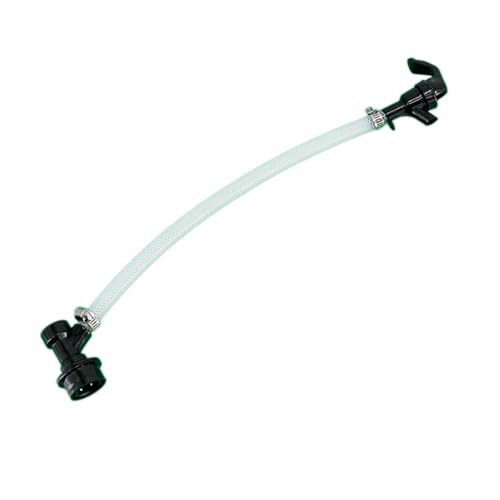






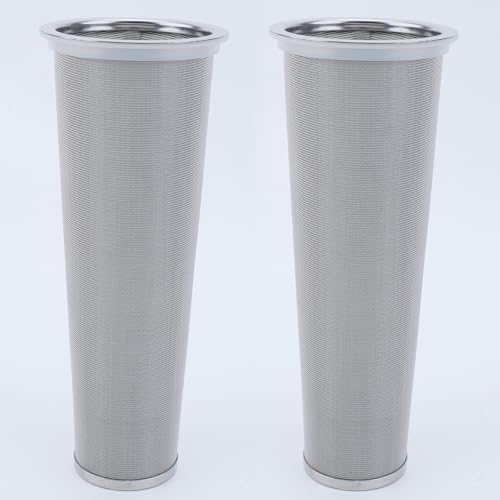
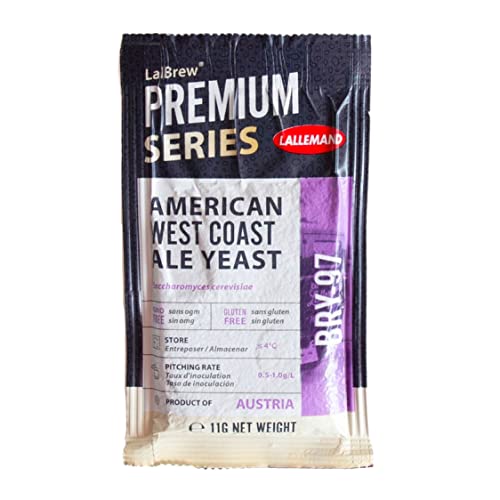












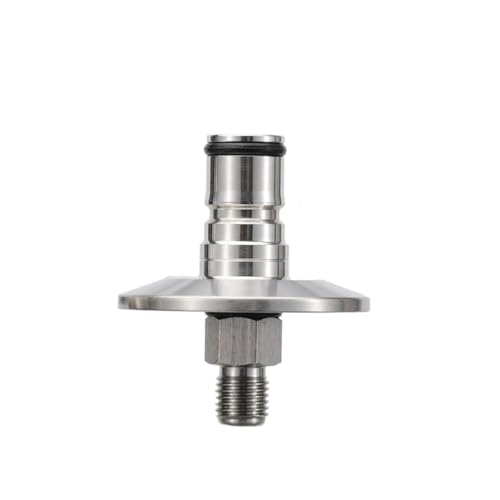
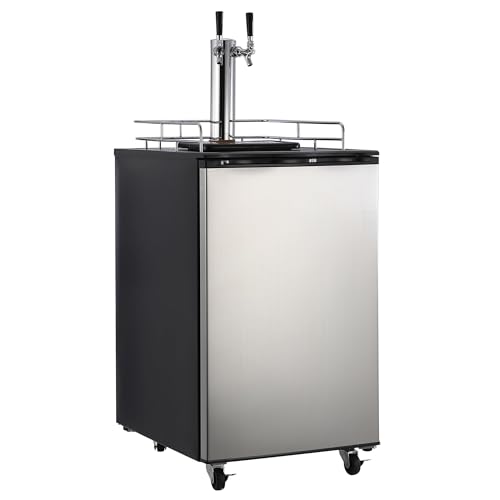








![Craft A Brew - Safale S-04 Dry Yeast - Fermentis - English Ale Dry Yeast - For English and American Ales and Hard Apple Ciders - Ingredients for Home Brewing - Beer Making Supplies - [1 Pack]](https://m.media-amazon.com/images/I/417FujUfrWL._SL500_.jpg)


















